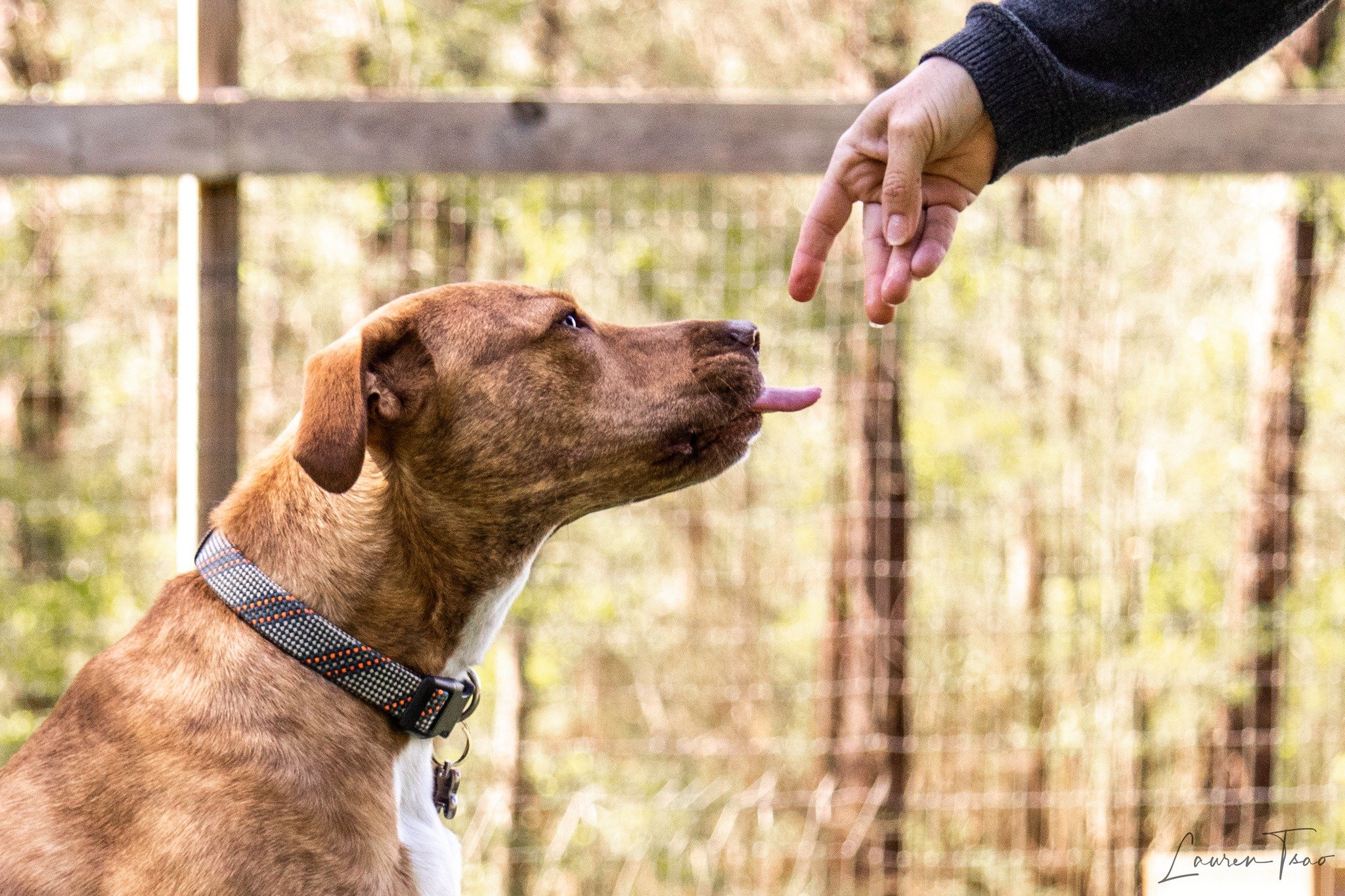
Dog Training & Behavior Tips

Classical Conditioning and Your Dog: Understanding How It Shapes Behavior
This blog post explores the concept of classical conditioning and how it influences dog behavior. Classical conditioning, first studied by Ivan Pavlov, explains how dogs (and all animals) can learn to associate neutral stimuli, like sounds or objects, with meaningful outcomes, such as rewards or discomfort…

Training Deaf, Blind, and Three-Legged Dogs
As a dog trainer, I never know who is going to call next. Every client, dog, and family are different. They have different needs, wants, and goals for their dog and household. Of course, there are some common complaints I hear quite often, but most of my job is being creative and making the humans’ lives with their dogs easier. The truth of the matter is most of the “behavioral issues” I see are just dogs being dogs. The dog is perfectly fine and happy. The people, however, have expectations of the dog and are therefore, unhappy when they aren’t met.

The Science Behind Clicker Training
Clicker training, for those who are unfamiliar (and boy, are you missing out), is a positive reinforcement method that can be used to train any mammal, domesticated or wild. I have even seen fish learn from a modified version of clicker training.
While clicker training, you use a clicker, which makes a “click” noise, to mark the behavior we want to reinforce. The clicker doesn’t mean anything to the dog at first, but by following Pavlov’s lead, we can condition the dog to be reinforced by the clicking sound.
